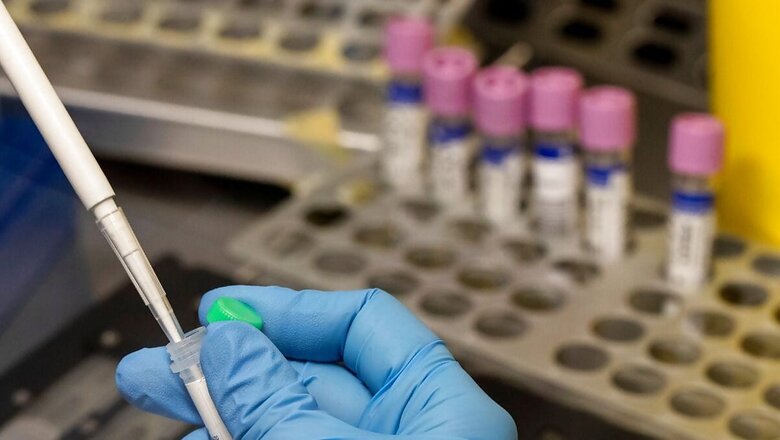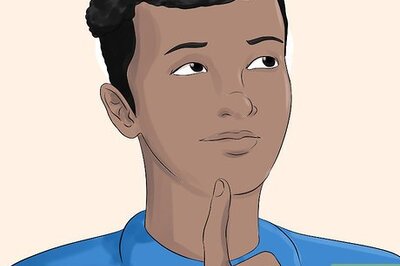
views
Monkeypox is a viral zoonotic disease, primarily affecting humans and animals, with symptoms resembling those of smallpox. The natural reservoir for the virus remains unidentified, but human-to-human transmission is well-documented.
Dr Baset Hakim, MD Medicine, Apollo Clinic, Viman Nagar provides an overview of the incubation period, transmission modes, clinical features, and essential guidelines for monitoring and managing monkeypox.
Incubation Period and Period of Communicability
The time between exposure to the monkeypox virus and the onset of symptoms, known as the incubation period, typically ranges from 6 to 13 days, though it can vary from 5 to 21 days. The period of communicability starts 1-2 days before the appearance of the rash and continues until all the scabs have fallen off or subsided.
Modes of Transmission
Monkeypox spreads through both human-to-human and animal-to-human transmission:
- Human-to-Human Transmission: This occurs primarily through large respiratory droplets, which generally require prolonged close contact. Transmission can also occur through direct contact with bodily fluids, lesion material, or indirect contact with contaminated clothing or linens.
- Animal-to-Human Transmission: This may happen through the bite or scratch of infected animals, such as small mammals (including rodents) or non-human primates. It can also occur during the preparation of bush meat.
Clinical Features
Monkeypox is generally a self-limiting disease, with symptoms lasting 2 to 4 weeks. However, severe cases, particularly among children, can lead to complications and higher mortality rates. The case fatality ratio has historically ranged from 0 to 11%, with recent outbreaks showing a ratio of 3-6%.
Common Symptoms and Signs
The clinical presentation of monkeypox can be divided into two stages: the prodrome and skin involvement.
Diagnosis
Diagnosis of monkeypox is confirmed through PCR analysis of samples collected from blood, urine, skin lesions, and oral or nasopharyngeal swabs.
Monitoring and Treatment of Complications
Patients diagnosed with monkeypox should be closely monitored for the appearance of severe symptoms, including pain in the eye or blurred vision, shortness of breath, chest pain, altered consciousness, seizures, decreased urine output, poor oral intake, and lethargy. If any of these symptoms develop, immediate medical attention is required.
Patient Isolation Guidelines
To prevent the spread of monkeypox, isolation is crucial:
- Isolation Environment: The patient should be isolated in a designated room within a hospital or at home, ensuring separate ventilation.
- Protective Measures: The patient must wear a triple-layer mask and cover skin lesions as much as possible (e.g., wearing long sleeves and pants).
- Duration: Isolation should continue until all lesions have resolved, and scabs have completely fallen off.
While monkeypox is typically self-limiting, its potential for severe complications, particularly in children, underscores the importance of early detection, isolation, and careful monitoring. Adhering to proper guidelines for transmission prevention and patient management is essential in controlling the spread of this disease.

















Comments
0 comment